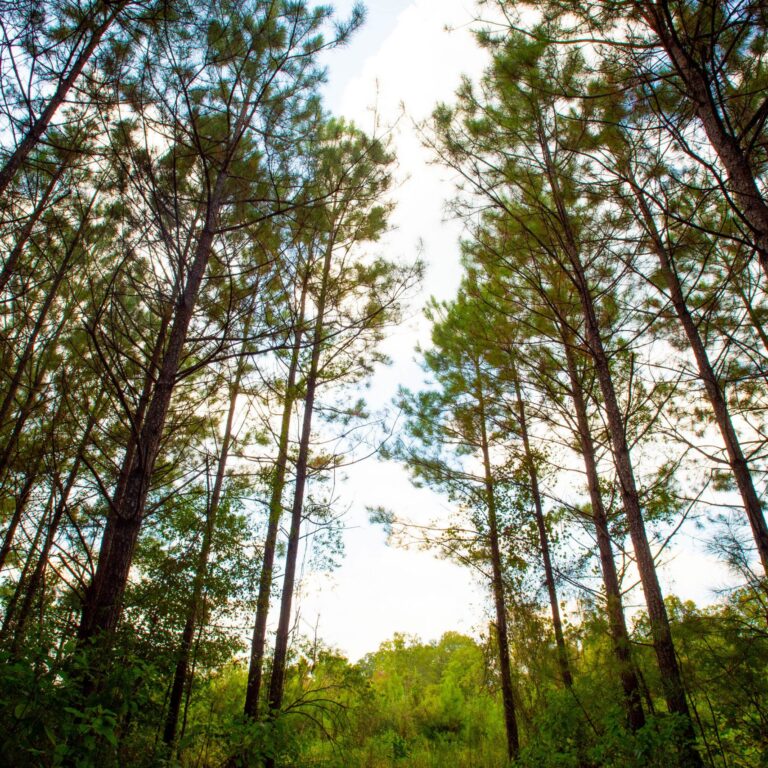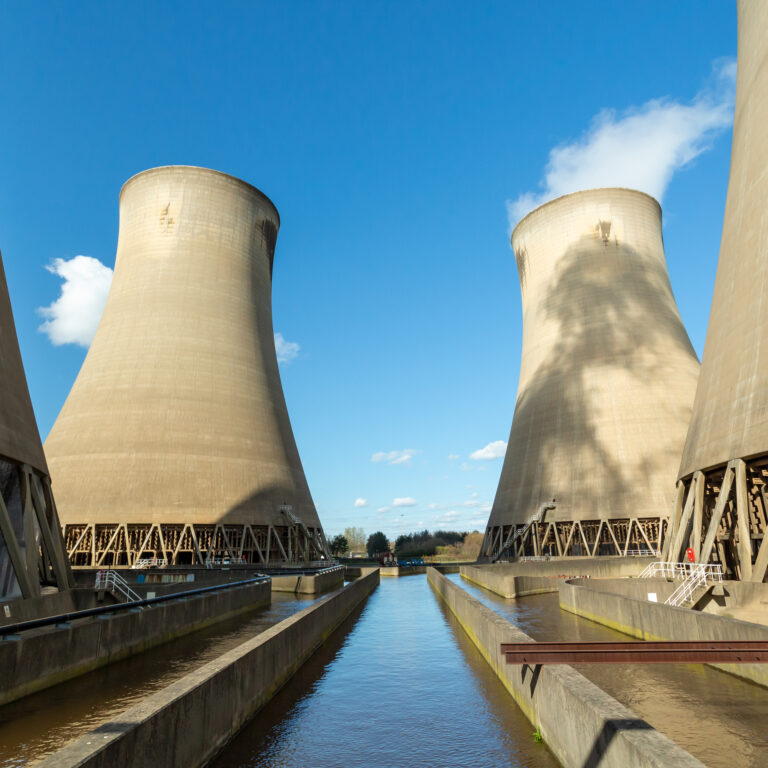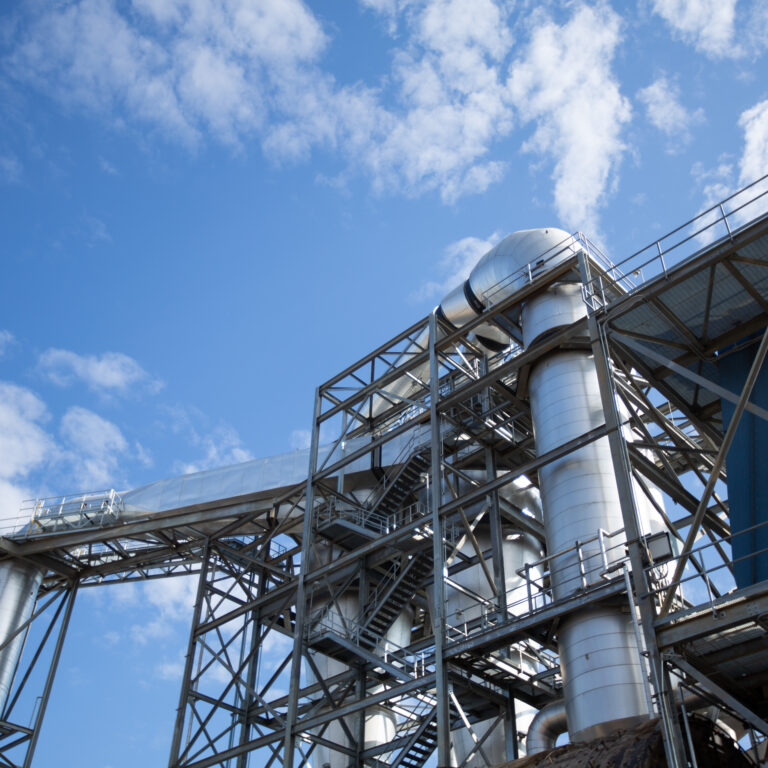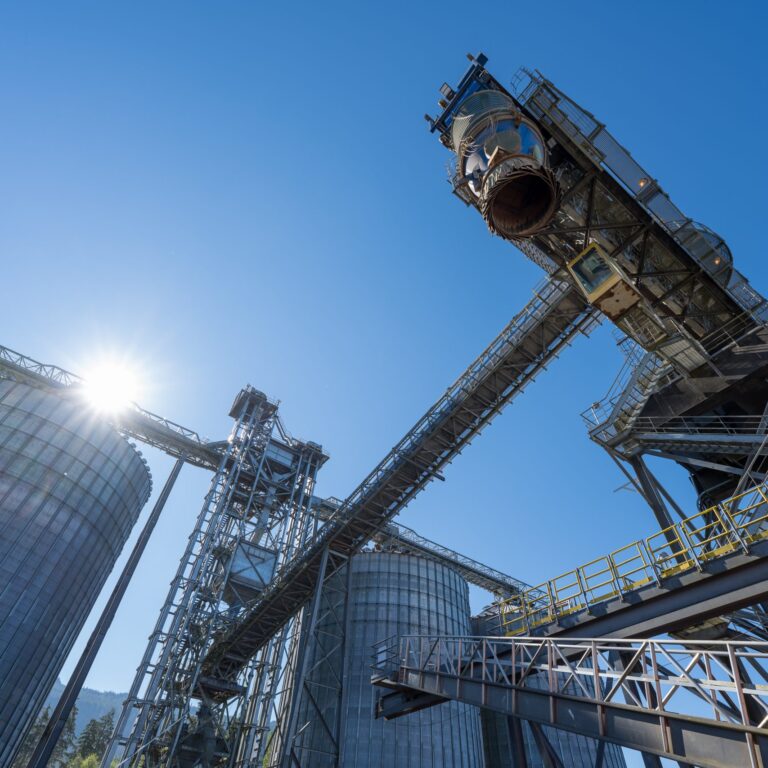When we think of modern cities and the buildings within them, we often think of the materials they’re constructed from – we think of the concrete jungle.
Since the 19th century, steel, glass and concrete enabled the building of bigger and more elaborate buildings in rapidly-growing cities, and those materials quickly came to define the structures themselves. But today that could be changing.
New technologies and building techniques mean wood, a material humans have used in construction for millennia, is making a comeback and reducing the carbon footprint of our buildings too.
Return of the treehouse
Civilisation has been building structures from wood for longer than you may realise.

The 32-metre tall Pagoda of Horyu-Ji temple in Japan, was built using wood felled in 594 and still stands today. The Sakyumuni Pagoda of Fogong Temple in China is nearly twice as tall with a height of 67 metres. It was built in 1056.
Today, wood is once again finding favour.
The 30-metre tall Wood Innovation and Design Centre of the University of British Columbia (UNBC) in Canada was completed in October 2014 and is among the first of this new generation of wooden buildings. And they’re only getting bigger.
This year, the completion of the 84-metre, 24-storey HoHo Tower in Vienna will make it the tallest wooden building in the world. But this will be far surpassed if plans for the Oakwood Tower in London are approved. Designed by a private architecture firm and researchers from the University of Cambridge, the proposed building will be 300-metres tall if construction goes ahead, making it London’s second tallest structure after The Shard. And it would be made of wood.
Falling back in love with wood
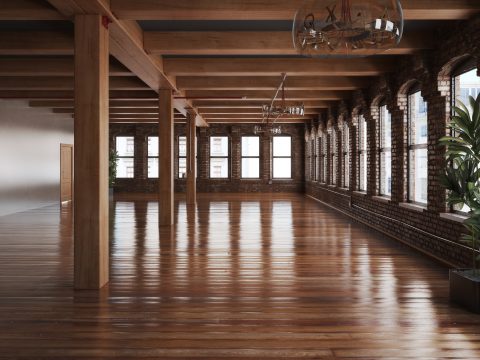 Wood construction fell out of favour in the 19th century when materials like steel and concrete, became more readily available. But new developments in timber manufacturing are changing this.
Wood construction fell out of favour in the 19th century when materials like steel and concrete, became more readily available. But new developments in timber manufacturing are changing this.
Researchers in Graz, Austria, discovered that by gluing strips of wood with their grains at right angles to each other the relative weakness of each piece of wood is compensated. The result is a wood product known as cross-laminated timber (CLT), which is tougher than steel for its weight but is much lighter and can be machined into extremely precise shapes. Think of it as the plywood of the future, allowing construction workers to build bigger, quicker and lighter.
Glued laminated timber, commonly known as glulam, is another technology technique enabling greater use of wood in more complex construction. Manufactured by bonding high-strength timbers with waterproof adhesives, glulam can also be shaped into curves and arches, pushing wood’s usage beyond straight planks and beam.
These dense timbers don’t ignite easily either. They are designed to act more like logs than kindling, and feature an outer layer that is purposefully designed to char when exposed to flame, which in turn insulates the inner wood.
Susceptibility to mould, insect and water damage is indeed a concern of anyone building with wood, but as the centuries-old Pagodas in Japan and China demonstrate, care for wood properly and there’s no real limit to how long you can make it last.
So, wood is sturdy. But so is steel – why change?
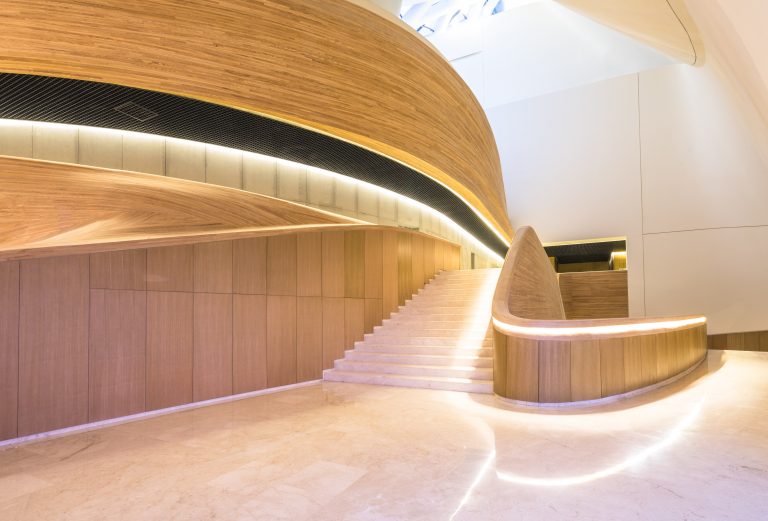
Green giant
Construction with concrete and steel produces an enormous carbon footprint. Concrete production on its own accounts for 5% of all our carbon emissions. But building with wood can change that. UNBC’s Innovation and Design centre saved 400 tonnes of carbon by using wood instead of concrete and steel.
On top of that, building with wood ‘freezes’ the carbon captured by the trees as they grow. When trees die naturally in the forest they decompose and release the carbon they have absorbed during growth back in the atmosphere. But wood felled and used to construct a building has captured that carbon for as long as it stands in place. A city of wooden buildings could be a considerable carbon sink.
This can have further ripple effects. The more timber is required for construction, the more it increases the market for wood and the responsibly-managed forests that material comes from. And the more forests that are planted, and managed with proper governance, the more carbon is absorbed from the atmosphere.
According to research from Yale university, a worldwide switch to timber construction would, on its own, cut the building industry’s carbon emissions by 31%.
Granted, that will be a difficult task. But if even a fraction of that can be achieved, it could mean a future of timber buildings and greener cities.






